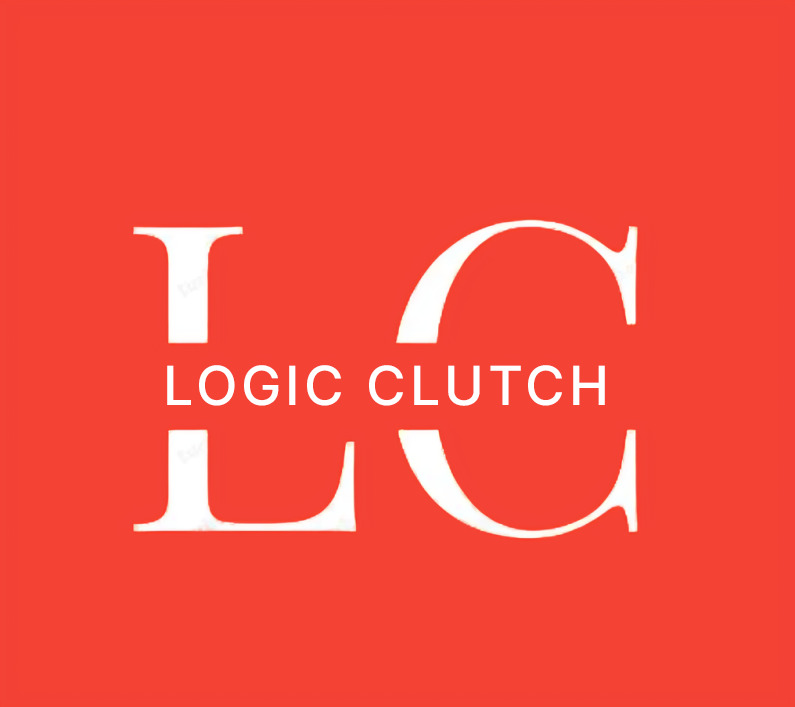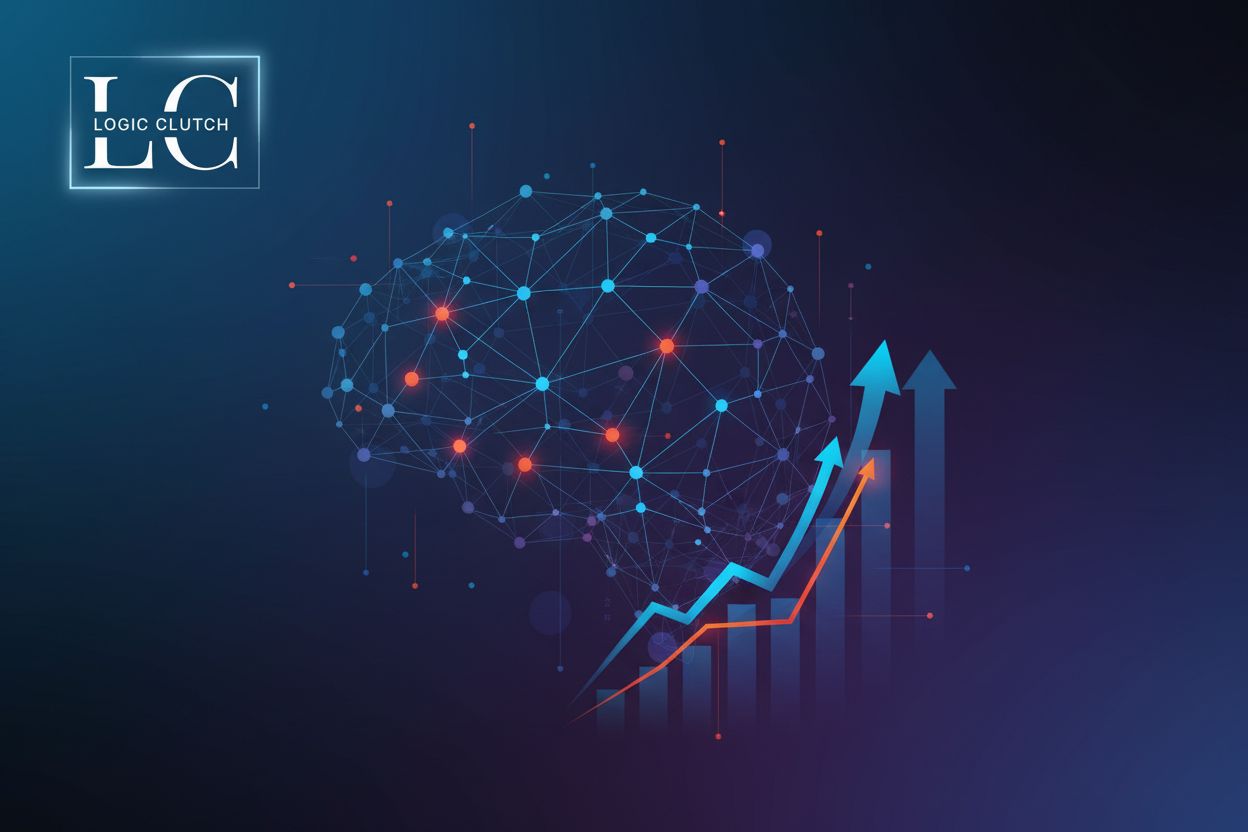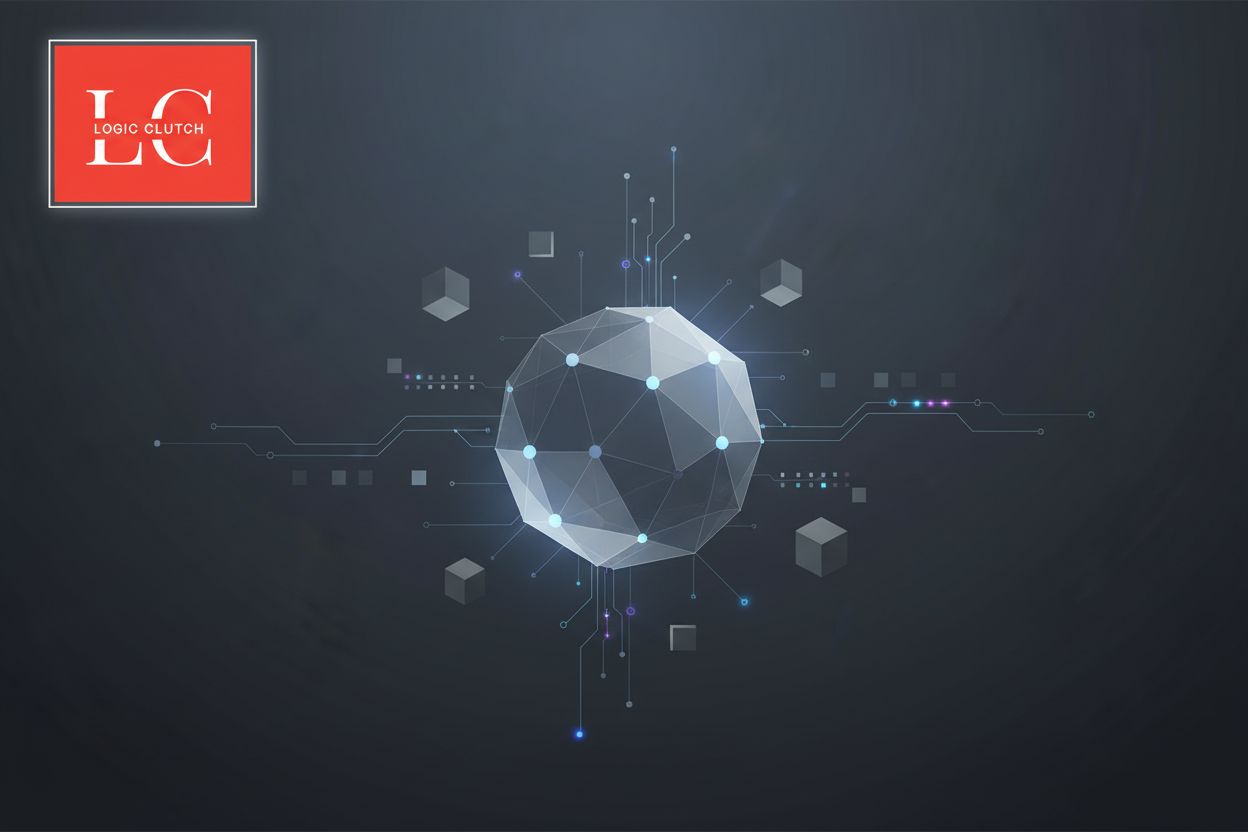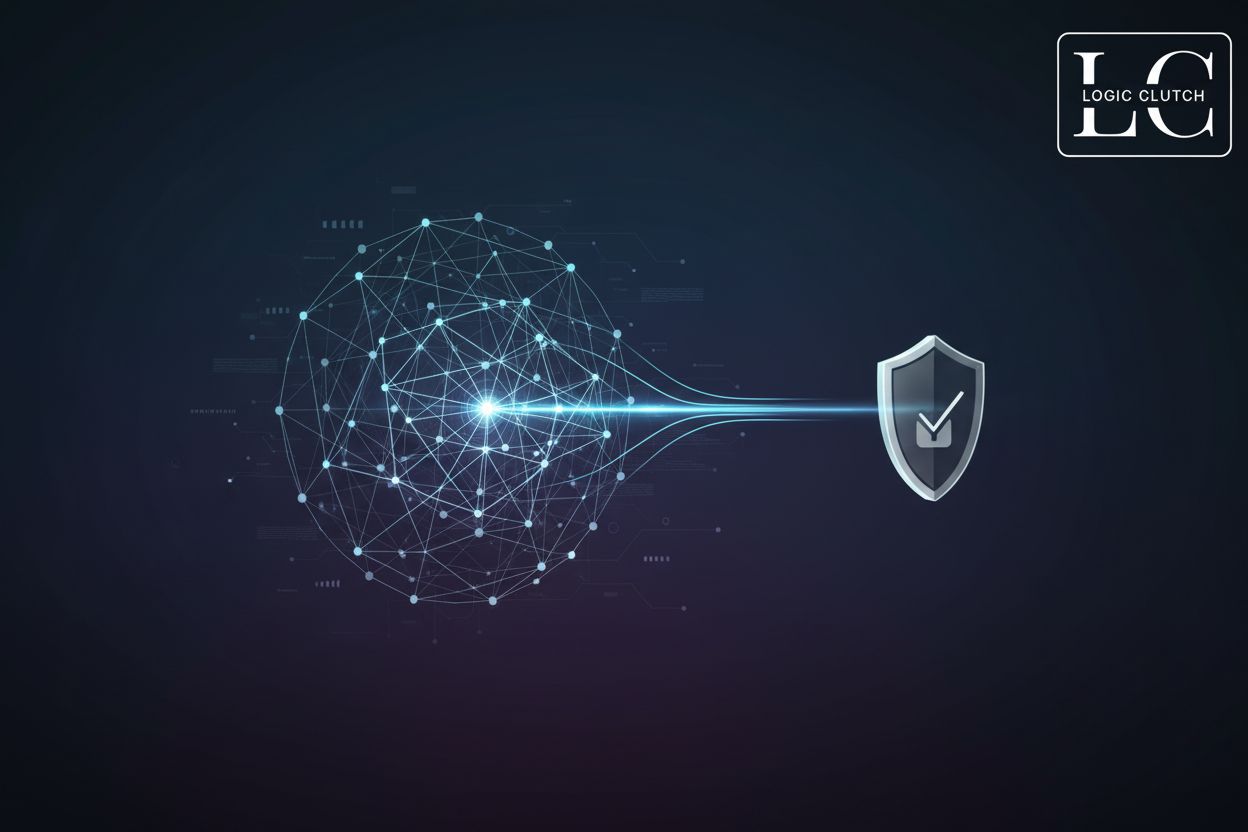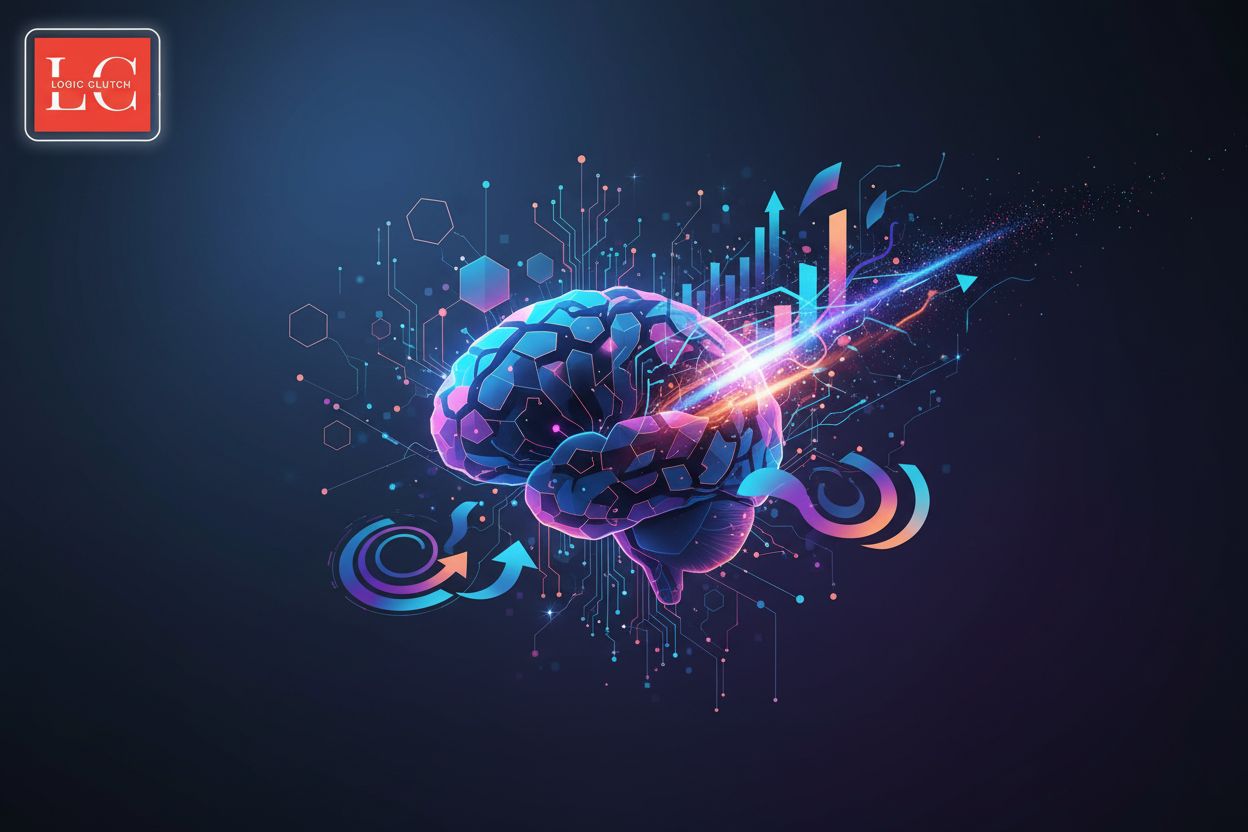Unlock Data's Potential with Salesforce Data Cloud Unification
TL;DR
The Imperative of Data Unification in Today's Enterprise
Data, huh? It's everywhere, but is it working for you? Many enterprises are drowning in data, but thirsty for insights.
- Data silos? They're a killer, preventing a single view of the customer, which, like, really hurts the customer experience.
- Making decisions based on incomplete data? It's like driving with a foggy windshield.
- Data unification is no longer optional; it's how you stay ahead.
Unifying data is the key to better ai and analytics. Next up: why data silos are such a crippling challenge.
Salesforce Data Cloud A Unified Platform Overview
Data everywhere, right? But getting it all to play nice? That's the trick. Salesforce Data Cloud is kinda like the ultimate team-up for your data, so it's not stuck in different corners.
Here's the deal:
- It breaks down those data silos, like, finally. Imagine sales, service, and marketing all vibing with the same customer info.
- It’s built right into the Salesforce platform and Customer 360. Think of it as a native speaker, fluent in all things Salesforce.
- Key features? Zero Copy Integration, Identity Resolution, and Data Governance. It's like having a super-efficient data cleaning crew.
Data Cloud doesn't replace your data lakes or warehouses; it complements them. It pulls insights from everywhere, making your existing data investments way more valuable. According to Salesforce Help, it helps create a "single source of truth."
Next up, we'll explore Data Cloud's key capabilities.
Data Harmonization The Foundation of Unification
Data harmonization, it's kinda like teaching all your data to speak the same language, right? It's not just about cleaning things up; it's about makin' sure everything understands everything else.
- Think of data harmonization as the foundation for a 360-degree customer view. We're talkin' merging data from all over the place so you got a full picture. Data Harmonization & Unification.docx really breaks down how it helps with consistency and identity resolution.
- It's about remodeling data so it fits your enterprise standards. This means cleansing, standardizing, and structuring it all, ya know?
- Technically, harmonization helps with data analysis and solves discrepancies. It uses Data Model Objects (dmos) and Fully Qualified Keys (fqks) to avoid conflicts.
Basically, its about taking different expressions of the same data and unifying them. Next up, we are going to talk about Data Cloud's key capabilities.
Data Unification Creating the Single Source of Truth
Data unification, right? It's not just a buzzword; it's how you get a real handle on your data. Think of it as creating that single source of truth everyone's been chasing.
- The main goal? It's about creating a unified customer profile, that shows the complete story of our customer’s relationship with us, which allows for better decision making & more informed analysis.
- Cleansing and Normalizing data is a big part, getting rid of the junk and making sure everything's consistent.
- Creating unique identifiers for each customer entity, too.
- Data consolidation, standardization, and setting up identification rules are all a part of unifying your data.
So, data's unified – now what? Next, we'll dive into the key steps involved in actually doing this.
Configuring Identity Resolution Rulesets
Matching and reconciliation, huh? That's where the magic really happens. It's how Data Cloud knows a "Jim" in sales is the same "James" in support.
- Matching: This is all about grouping profiles together. It's about finding those common threads, you know?
- Reconciliation: It summarizes key attributes that have been unified.
- Think of it like this: you're grouping profiles through shared criterias, then picking the best bits from each to create a complete view.
Now, let's dive into setting up match rules.
Segmentation and Activation with Unified Data
Ready to get hyper-personalized? Data Cloud lets you segment and activate unified data, so it's like, way easier to target the right folks.
- Segment using Unified Account attributes, then activate related Account Contacts. This let's you get suuuper specific.
- Apply filters to Account Contacts and pick the attributes for your Data Extension, which is key for personalization.
- Imagine segmenting high-value healthcare accounts, then tailoring messages to contacts within those accounts.
So, what's next? Let's talk Logicclutch.
Best Practices for Successful Data Unification
Okay, so you're diving into data unification? It's not just about dumping everything together; it's about doing it right, ya know?
Think of your data as a product, not just some byproduct. This means assigning dedicated data product managers to oversee it.
They'll work to align your understanding of the data with actual business needs. For instance, a retailer might use product data to improve recommendations.
Don't try to boil the ocean right away. Begin with specific use cases that promise the biggest bang for your buck.
Like, a healthcare provider could start by unifying patient data for better care coordination, then expand from there. Early wins builds confidence, ya know?
It's tempting to hoard all the data, but resist! Focus on the quality data points that give you the most insight.
For example, a financial institution might get more value from accurate transaction records than from mountains of social media data.
Data unification is crucial, but it's more than just data, it's about the quality. Next up, we are going to talk about [Best Practices for Successful Data Unification].
Real-World Use Cases and Success Stories
Wanna see Data Cloud in action? It isn't just theory; it's driving real results for companies right now.
Salesforce themselves uses Data Cloud. internally, they saw a 90% reduction in custom lead-routing code.
The cool part? They also saw a 62% increase in average contract value, as noted in 3 Things We Learned About Using Data Cloud To Unify Our Data
Companies like Wyndham, FedEx, and Kawasaki are already seeing benefits, as shown on Salesforce Data Cloud. They're activatin' their data to, like, really improve customer experiences.
Wyndham uses it to personalize guest experiences, while FedEx optimizes logistics, and Kawasaki enhances customer engagement with their products.
the Adecco Group are doing some cool stuff with it, as well.
Data Cloud isn't just a platform; it's a game-changer. Next, we're gonna dive into the future.
The Future of Data Unification and AI
Data unification? It's not just for today, but it's shaping tomorrow's tech! So, where are we headed?
Data Cloud will power ai agents by ensuring that they have access to clean, unified data.
Agentforce is gonna rely on this unified knowledge to provide better customer service.
Businesses need to get on board with data unification if they wanna stay competitive in the future.
Wanna learn more? Consider checking out Dreamforce to dive deeper into ai and data.
And that's a wrap folks!
